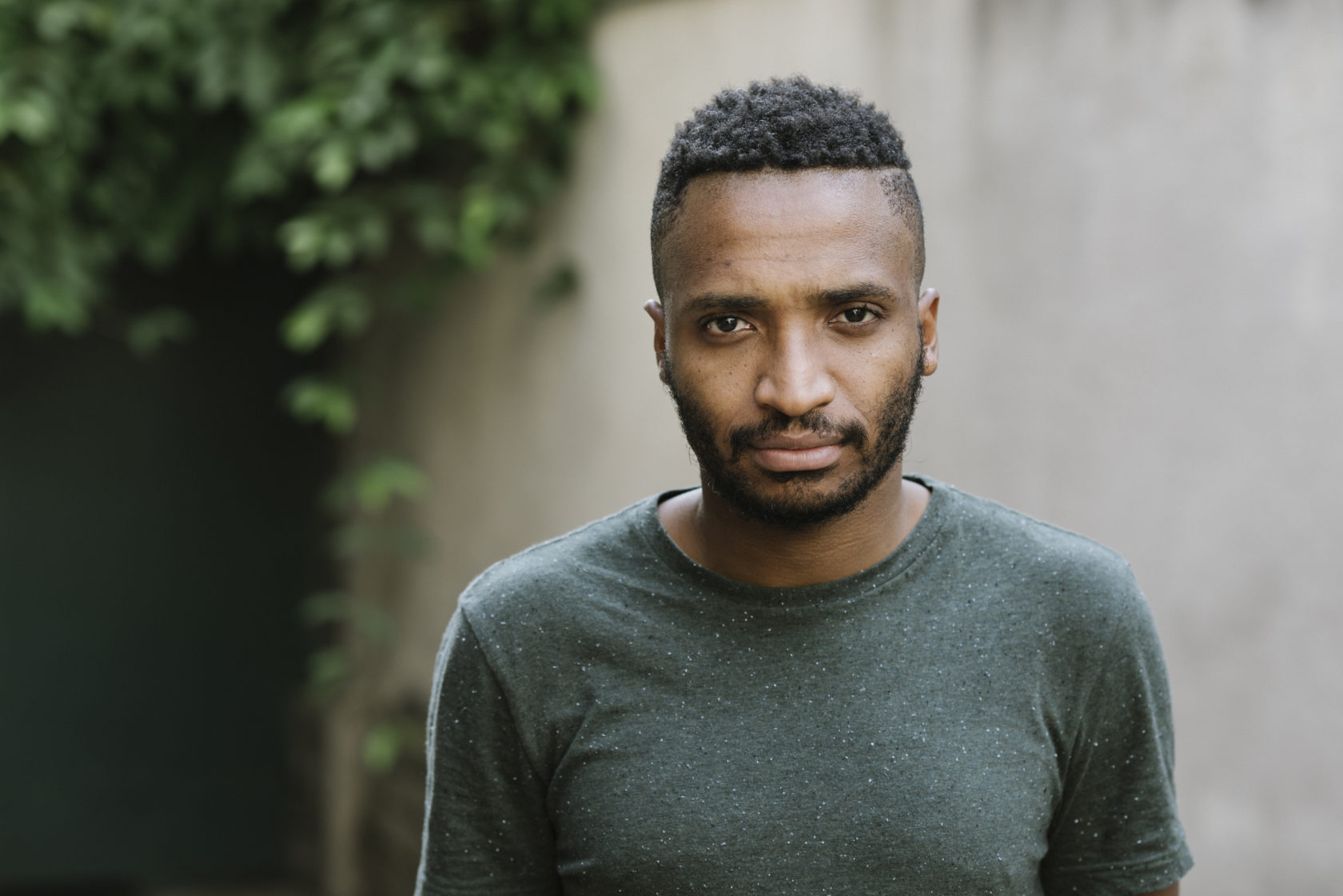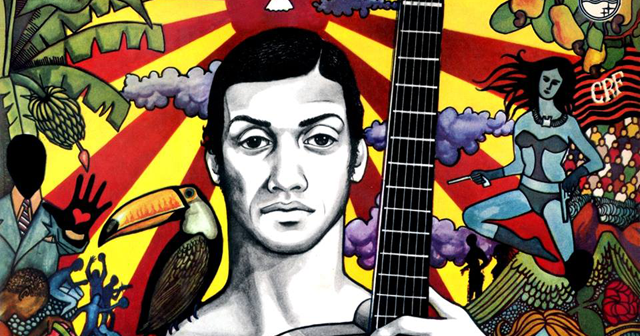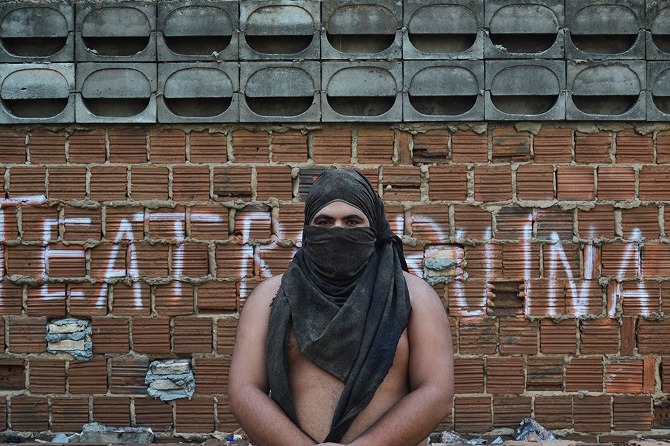Stroom Invest Interviews / Curator #7 Thiago de Paula Souza
Thiago de Paula Souza lives and works in São Paulo and is a member of the 10th Berlin Biennale curatorial team. At the 32nd Bienal de São Paulo de Paula Souza joined the Accra Study Days team and was part of the Bienal’s Oficina de Imaginação Política. Thiago collaborated with lanchonete.org, an artist-led cultural platform focused on daily life and progressive actions in contemporary cities with São Paulo as a reference point.

He co-created We Cannot Build What We Cannot First Imagine (WCB WCFI), a visionary platform that gathers works and perspectives from racialized artists and thinkers. His current research concerns race relations, African and Afro-Brazilian art, and the depiction of art from Africa and the diaspora in the German-speaking context.
Can you tell us something about your activities in 2017?
This year I´m dedicating most of my time working with Jota Mombaça with whom I co-created We Cannot Build What We Cannot First Imagine (WCB WCFI), a visionary platform that gathers works and perspectives from racialized artists and thinkers and for the upcoming 10th Berlin Biennale for Contemporary Art that will take place next year and I am a member of the curatorial team.
Which artists have influenced your life or way of thinking? And how?
The idea or what we understand as visual art came to my life quite “late”, it´s a very specific world. I´d say that during most part of my life other “kinds of art” touched me and influenced the way I think now, especially music. I could easily say that Racionais MC´s, a hip hop group from São Paulo and Jorge Ben Jor‘s albums from late 60´s and early 70´s, that my parents used to listen every weekend were really important in my formation. Also the period of time I worked at Museu AfroBrasil, a place that most part of the collection is not considered part of art history cannon and my visits to the 31st Bienal de São Paulo still influence me especially because they helped me, they allowed my mind to think with and beyond art.

Which artist/art would you recommend to somebody and why?
I really like Dineo Seshee Bopape, Donna Kukama and Clara Ianni´s work. Each of them in her own way proposes challenges ways of reading history.



Which persons, in your profession, do you admire the most?
I learn(ed) a lot of (and working with) Denise Ferreira da Silva (Director, Associate Professor, Institute for Gender, Race, Sexuality and Social Justice), Gabi Ngcobo (Gabi Ngcobo, curator 10th Berlin Biennale for Contemporary Art ) and Jota Mombaça (artist)

What is your idea of a good exposition or concept?
I don’t think there’s a rule but it´s important to organize your ideas and what understand story do you want to tell.
What is your biggest professional achievement until now?
I´m a member of the 10th Berlin Biennale curatorial team now. It´s a very important platform to reflect about the world and the contemporary art.
What do you love most about your work?
This necessity, the possibility of learning and unlearning. Meeting people from different backgrounds and find ways of working together.
As a curator: What is your biggest merit? And what is your biggest flaw?
Of course there are things I’m better doing than others,but I don’t like the idea of merit// flaw, that´s why I believe in working together, working as a team.
What's still on your curators' bucket list?
There´s still a lot of people I wanna co-work with. But right now as I mentioned before my mind is focused on WCB WCFI and on the 10th Berlin Biennale.
What kind of advise do you want to give a young (or at the beginning of his career) artist?
I´m still very young too and I think most of the artist that I am going to meet come from a very different background than mine, nevertheless I think it´s really important to try to create connections with artists, thinkers who are also working beyond art or at least it makes a lot of sense for my practice.